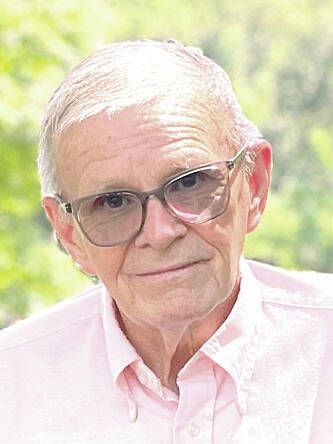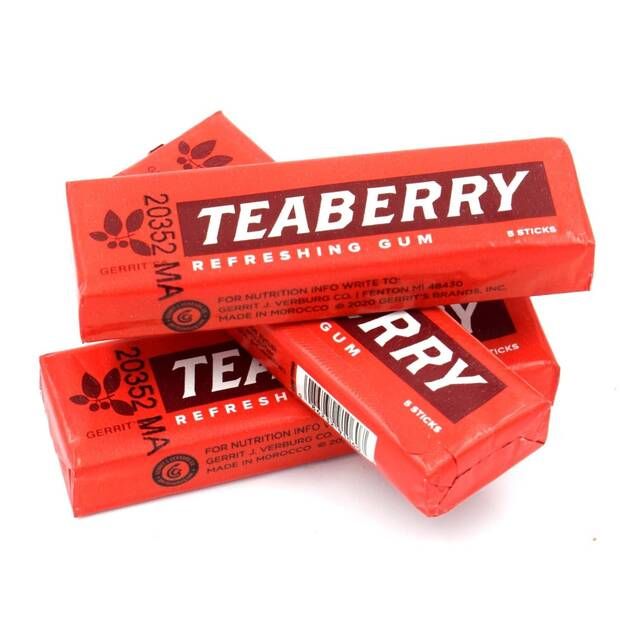Click here to subscribe today or Login.
To my youthful self, there were few more fun experiences than watching a truck unload a ton of coal into our cellar bin. Maybe a good cowboy or monster flick outranked it for sheer excitement, but the arrival of the coal man still made my day.
I’d stand on the porch or watch from our living room bay window as my uncle – who was our supplier – would back his truck onto the sidewalk and run his chute from the truck bed to the slot under the porch. An artillery barrage might – just might – equal the sound that came next.
From the relative ease and comfort of a winter of today, let’s take a look back at the time when much of life was shaped by the monthly ton of anthracite that tumbled down that chute.
Keeping warm took effort: Today, you set a plastic dial to your preferred indoor temperature, and that’s all you have to do besides write a check for the monthly gas, oil or electricity bill.
In the days of coal heating, you’d carry shovels of coal from the bin to the cellar furnace to keep the fire going and the heat moving upstairs, either by air vents, radiators or maybe just a grating in the floor.
At night, you had to bank the fire in the furnace, meaning letting it burn down to a smolder without dying out. If you did lose your fire overnight, the family would let you know – meaning hitting the icecold bedroom floor at 6 a.m. and complaining that someone had fouled up.
Feeding the family wasn’t easy: The huge black coal stove in the kitchen also needed a lot of TLC. Our “toaster” was a long set of tongs into which you’d insert a slice of bread, holding it over the stove.
”Finished” meant pulling the apparatus back when it got too hot for you to hold. Sci-fi movies had devices that made coffee by themselves. You perked your java in a pot on top of the stove, watching it and removing it just before your brew began to turn to tar.
Ever try to bake or roast without a temperature setting for the oven? Women of the coal region showed a NASA technician’s precision in getting meals onto the table.
Laundry was coal-powered: Homes had electricity for light and radio, but not much else until the prosperity of the postwar era. Step One: fill one metal tub with water (from the boiler) hot enough to melt lead. Step Two: fill an adjoining tub with cold water. Step Three: plunge laundry into the hot tub and scrub it on a corrugated board.
When you began to lose the skin from your hands, the garment was clean enough to be rinsed in the second tub. The final step was wringing it out by hand and hanging it around the house for a day or two of coal-fired heat until it dried.
Keeping clean was an art: The hot water for shaving or bathing came from a boiler heated by – guess what – the coal down in the basement.
If you didn’t remember to be parsimonious in your personal grooming (the boiler being of finite capacity), the first family member to discover that both bath tub taps were spewing ice water would “gently” remind you that you weren’t the king of England.
Well, luxuriate in today’s heating tech all you want. But, I swear, you’ll still never get the satisfying sound of a ton of anthracite hitting a metal chute.
***
Tom Mooney is a Times Leader history writer. Reach him at [email protected].






